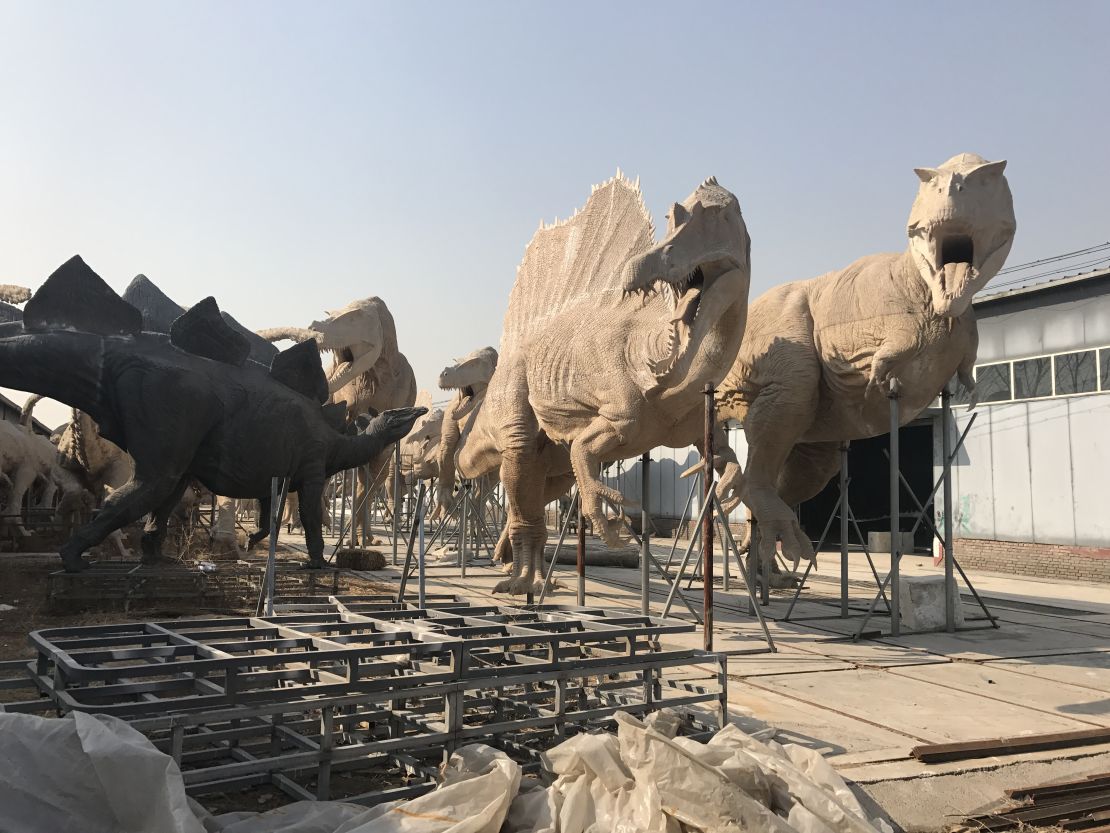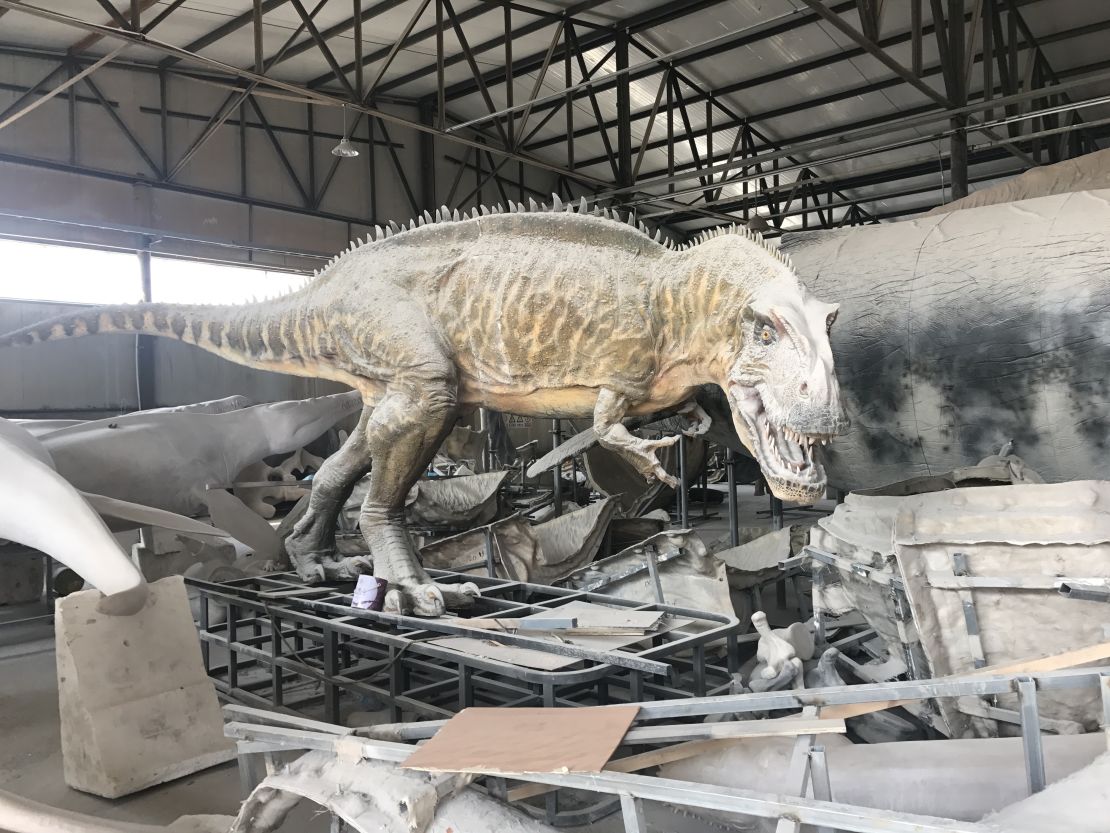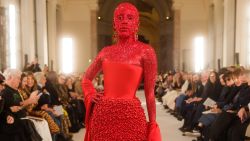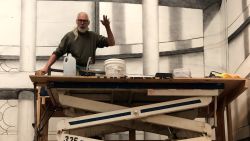If you came to this Beijing warehouse at night it would be downright creepy.
More than 20 towering dinosaurs stand in the yard, teeth sharp and claws unfurled; inside are 40 more life-sized models – steel frames propping up carcasses made of fiberglass and clay.
Chinese illustrator Zhao Chuang, who employs 30 people at his sprawling studio in China’s capital, is the go-to artist for paleontologists, museums and publishers across the world who want to bring dinosaurs to life. By day, his workplace feels a lot like the set of a “Jurassic Park” movie.
Meet the man who brings dinosaurs to life
He occupies a rare place between art and science – using information scientists have gleaned from fossils and his own imagination to draw, illustrate and model the prehistoric creatures.
His work has gained prominence just as China, and the fascinating dinosaurs discovered in its rich fossil fields, have come to dominate the field of paleontology.
Big break
Zhao’s big break came in 2006 when his illustration of an ancient gliding mammal appeared on the cover of Nature magazine.
After that, the requests flooded in. As well working with paleontologists from across the world, he worked with the American Museum of Natural History for its recent exhibition called “Dinosaurs Among Us” that focused on the links between dinosaurs and birds.

Zhao says the facts provided by the paleontologists he works with form the “root” of the drawing or illustration and his imagination the “crown of the tree” – but it varies given the level of detail a fossil provides.

“When the dinosaur fossil is highly complete and accurate, imagination plays a tiny role,” he says.
Sometimes he works with paleontologists in the field – traveling to China’s far western province of Xinjiang and Inner Mongolia, where many fossils have been discovered, to get a better feeling for the environment the dinosaurs would have lived in.
He won’t say how much he earns, but gets a share of museum ticket revenue for the exhibitions he works on and copyright fees from publishers and a company that makes toys based on his models.
Zhao found his niche just as China and its dinosaur discoveries unleashed a golden age of paleontology.
Chinese fossils have provided substantial evidence that dinosaurs were not the scaly, reptilian killers depicted in movies but feathered, furry and a lot more bird like.
Xu Xing, the world’s most prolific paleontologist who has discovered more than 50 dinosaurs, has worked with Zhao since the beginning of his career.
He has brought to life some of Xu’s most significant discoveries – the four-winged microraptor, anchiornis, one of the oldest feathered dinosaurs, and the gigantoraptor, a huge bird-like dinosaur.
Xu says he provides the specific dimensions of the dinosaur and details of special features but the color of the dinosaur is often up to the artist.
It’s only recently, with some particularly well-preserved fossils, that researchers have been able to definitively say what color a dinosaur would have been by capturing information from “melansomes” – tiny structures buried within feathers that give them color.

But Xu says Zhao has a knack for getting it right. “I remember we chose a red color for Anchiornis head feathers — this turned out to be correct.”
Xu says illustrators like Zhao play a crucial role in helping the public understand his work even if subsequent developments sometimes prove them to be inaccurate.
“You’re documenting science at a particular stage. New evidence will change your idea about what extinct animals looked like.”
Boyhood dream
Zhao started out secretly drawing dinosaurs on his desk at elementary school with a pencil – much to his teacher’s dismay.

“My family was poor and my hometown is in a remote place – there weren’t many books, especially books about dinosaurs,” Zhao says. “My whole childhood I wanted to draw that book.”
And he’s done just that – and more. Now, his work is sought after across the globe and is even collected by fans.
“I’m confident to say that my works are art – I’ve poured my heart into it.”































